The Bicycle Accessory Market is currently characterized by a dynamic competitive landscape, driven by innovation, sustainability, and the increasing popularity of cycling as a mode of transportation. Key players such as Shimano (JP), SRAM (US), and Trek Bicycle Corporation (US) are at the forefront, each adopting distinct strategies to enhance their market positioning. Shimano (JP) focuses on technological advancements in gear systems, while SRAM (US) emphasizes lightweight materials and performance enhancements. Trek Bicycle Corporation (US) is actively expanding its product range to include eco-friendly accessories, reflecting a broader industry trend towards sustainability. Collectively, these strategies not only enhance individual company profiles but also intensify competition within the market, as firms strive to differentiate themselves through unique value propositions.
In terms of business tactics, companies are increasingly localizing manufacturing to reduce lead times and enhance supply chain resilience. This approach appears to be a response to global supply chain disruptions and fluctuating demand patterns. The market structure is moderately fragmented, with several key players holding substantial market shares, yet numerous smaller firms also contribute to the competitive dynamics. This fragmentation allows for niche players to thrive, particularly those focusing on specialized accessories or innovative designs, thereby enriching the overall market landscape.
In August 2025, Shimano (JP) announced a partnership with a leading tech firm to develop smart cycling accessories that integrate with mobile applications. This strategic move is likely to position Shimano at the cutting edge of the digital transformation trend within the cycling industry, appealing to tech-savvy consumers and enhancing user experience through data-driven insights. Such innovations may redefine customer engagement and loyalty in the long term.
In September 2025, SRAM (US) unveiled a new line of eco-friendly bicycle components made from recycled materials. This initiative not only aligns with the growing consumer demand for sustainable products but also reinforces SRAM's commitment to environmental responsibility. By prioritizing sustainability, SRAM may attract a broader customer base, particularly among environmentally conscious cyclists, thereby enhancing its competitive edge.
In October 2025, Trek Bicycle Corporation (US) launched a global campaign promoting its latest range of accessories designed for urban cyclists. This campaign emphasizes the importance of cycling in urban mobility and positions Trek as a leader in promoting sustainable transportation solutions. By aligning its marketing strategies with current urban trends, Trek is likely to strengthen its brand presence and appeal to a demographic increasingly focused on sustainability and convenience.
As of October 2025, the Bicycle Accessory Market is witnessing significant trends such as digitalization, sustainability, and the integration of artificial intelligence in product development. Strategic alliances among key players are shaping the competitive landscape, fostering innovation and enhancing product offerings. Moving forward, competitive differentiation is expected to evolve, with a pronounced shift from price-based competition to a focus on innovation, technology, and supply chain reliability. Companies that can effectively leverage these trends are likely to secure a more robust market position in the years to come.


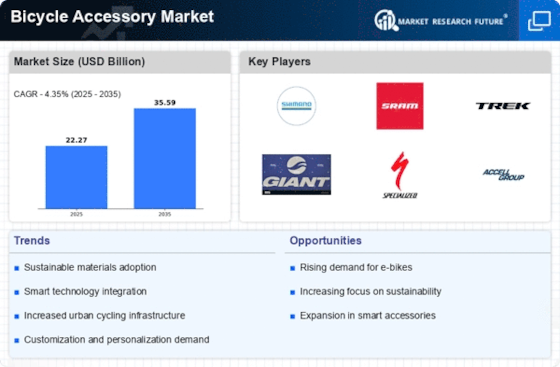

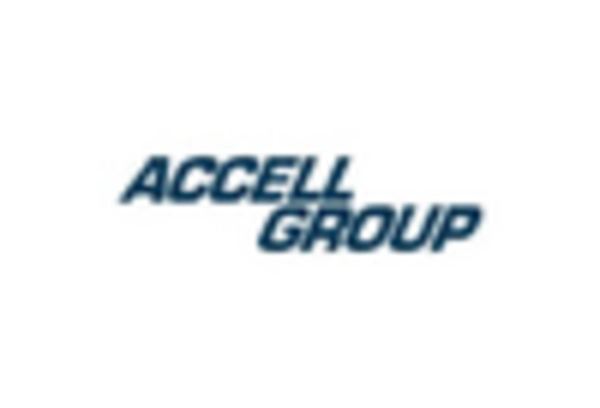

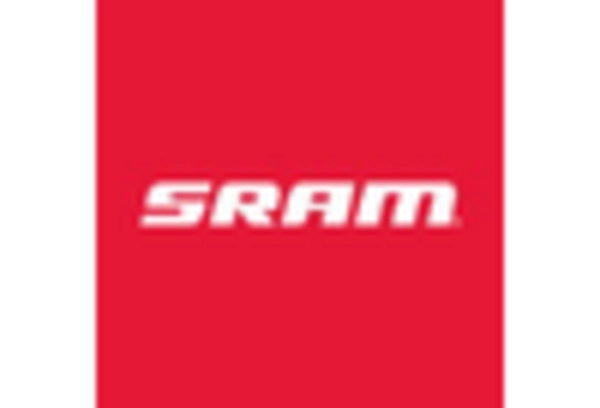
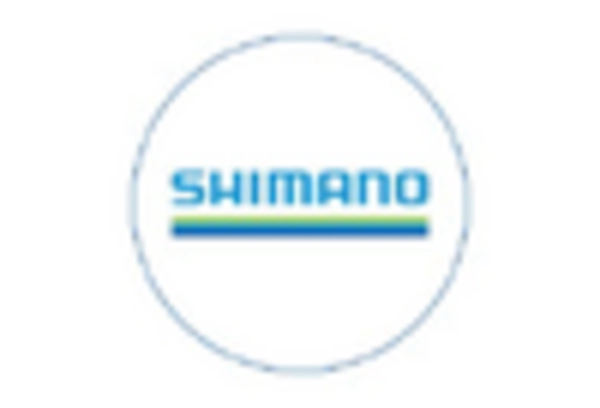
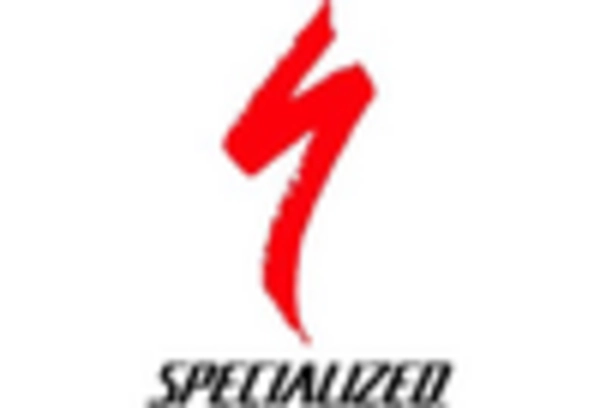









Leave a Comment